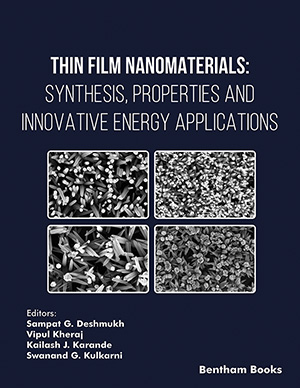
Abstract
Introduction: Tremendous developments in multimedia technology have promoted a massive amount of research in image and video processing. As imaging technologies are rapidly increasing, it is becoming essential to use images in almost every application in our day-today life.
Materials and Method: This paper presents a comparative analysis of various image restoration approaches, ranging from fundamental methods to advanced techniques. These approaches aim to improve the quality of images that have been degraded during acquisition or transmission. A brief overview of the image restoration approaches is mentioned in the paper, which are as follows:
Wiener Filter: The Wiener filter is a classical approach used for image restoration. It is a linear filter that minimizes the mean square error between the original image and the restored image. Inverse Filter: The inverse filter is another traditional restoration technique. It attempts to invert the degradation process to recover the original image. However, inverse filtering is highly sensitive to noise and tends to amplify noise artifacts. Linear and Nonlinear Filtering: These methods involve applying linear or nonlinear filters to the degraded image to enhance its quality. Linear filters, such as Gaussian filters, can effectively reduce noise but may blur the image. Nonlinear filters, such as median filters, can preserve edges while reducing noise. Compressive Sensing (CS) Restoration Approaches: Compressive sensing is a signal processing technique that exploits the sparsity of signals or images to reconstruct them from fewer measurements. CS-based restoration methods aim to recover high-quality images from compressed or incomplete measurements. Neural Networks Approaches: With the advancements in deep learning, neural networks have been widely used for image restoration tasks. Convolutional neural networks (CNNs) and generative adversarial networks (GANs) have shown promising results in restoring degraded images by learning from large datasets.
Result: The paper likely provides a detailed analysis and comparison of these approaches, highlighting their strengths, weaknesses, and performance in different scenarios.
Conclusion: This paper aims to improve the quality of restored images. Several image restoration approaches have been compared, and they have exhibited enhanced performance compared to several existing image restoration approaches.






















